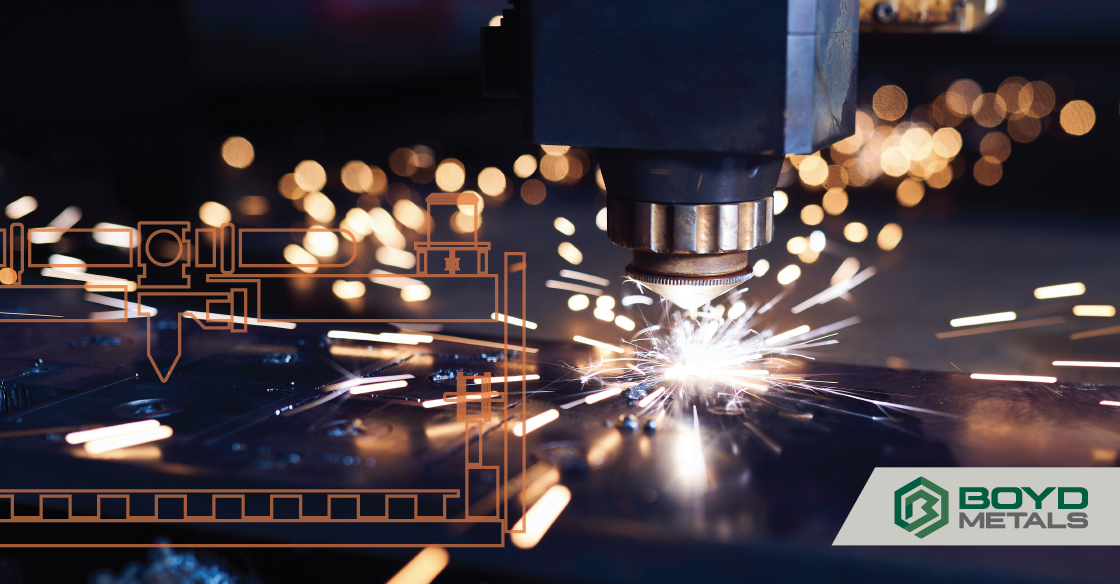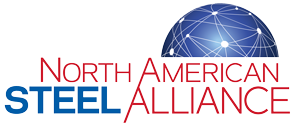In today’s metal industry, not many fabrication processes can hold a candle to laser cutting. That's because laser cutting machines deliver high-quality cuts with near-perfect tolerances, all while accelerating production time. In fact, as one of the most efficient fabrication processes available today, laser cutting is becoming one of the primary methods for processing metals.
The Laser Cutting Process:
As the name suggests, laser cutting involves using a focused beam of optical light to melt, burn, or vaporize materials. Combined with CNC, laser cutting machines allow for extremely precise and detailed cuts, providing nearly endless possibilities for material customization.
The cutting process works by having a focused beam run through the material, delivering an accurate and smooth finish. Initially, the beam pierces the material with a hole at the edge, and then the beam is continued along from there, melting away the material it runs over.
Check out the video above to see one of our 6000-watt Prima Power Laser Genius machines in action!
When it comes to materials, lasers are extremely versatile and can cut everything from cloth and wood to metals and gemstones. For metals, modern machines now have the ability to cut carbon steel, stainless steel, aluminum, copper, and brass in a range of thicknesses.
Types of Lasers:
When it comes to laser cutting systems, there are three main categories: gas laser cutting, crystal laser cutting, and fiber laser cutting.
1. Gas Lasers: the oldest of all the methods, this technique uses a carbon dioxide (C02) mixed laser and is best suited for cutting through non-metals or engraving metals.
2. Crystal Lasers: this method uses crystal mediums to allow for high-powered metal cutting capabilities that allow the processing of metal and non-metal materials. These types of lasers, however, are typically more expensive and have the shortest life span.
3. Fiber Lasers: the newest of all cutting methods, fiber laser cutting produces stronger, more focused laser beams through fiber optics, making it ideal for cutting heavier metal materials and lowering production costs.
Why Use Laser Cutting:
Compared to other types of fabrication processes, laser cutting offers several advantages, including greater cutting precision, accuracy, and customization.
One of the biggest advantages of laser cutting is it's a non-contact process, meaning the beam doesn't touch the material being cut.
This minimizes damage to the material work surface and allows for high-quality cuts, which generally do not require extensive secondary cleaning, treating, or finishing, ultimately saving time and money.
From first-step processing to sourcing hard-to-find materials, at Boyd Metals, we have you covered. Give us a call and experience the Boyd Difference for yourself!




